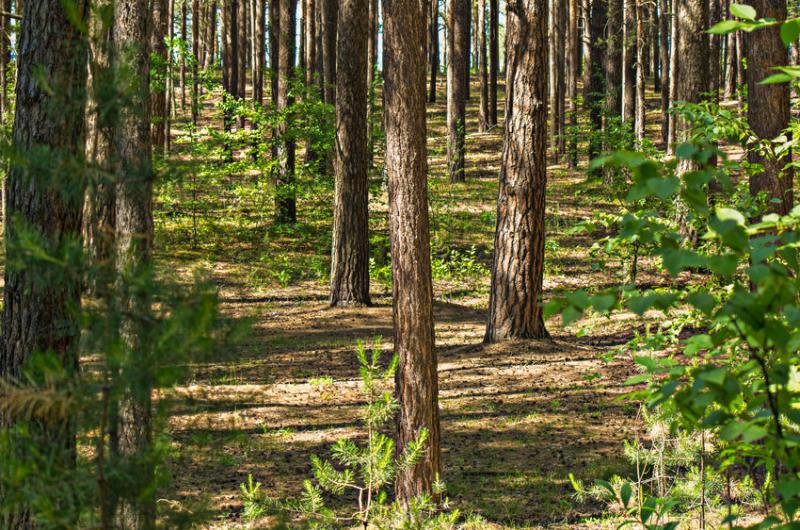
A new online calculator has been developed to help farmers and others to design woodlands to capture airborne ammonia and so reduce air pollution.
Scientists from the NERC Centre for Ecology & Hydrology worked with Forest Research to develop the free online tool and guidance for users as part of research funded by the Scottish Environment Protection Agency.
Agriculture is the main source of ammonia emissions in the UK, with the majority coming from animal manure and fertilisers.
Ammonia can lead to excess reactive nitrogen levels in sensitive habitats, causing a decline in the biodiversity of lichens, mosses and other flora.
It can also lead to acidification of soils, and combines with other pollutants to produce particulate matter pollution, which is harmful to human health.
By following the advice in the guidance, farmers, regulators and planning authorities can optimise tree planting to recapture ammonia around animal housing, which is a key source of ammonia emissions.
'Recapture the pollutant'
The calculator estimates the percentage of ammonia that will be recaptured by different planting options, over a set time period – up to 50 years.
The guidance advises which tree species will thrive in different parts of the UK, what distance to plant trees from animal housing, and in what configuration. There is also information to help with the incorporation and use of existing woodlands.
Dr Bill Bealey, an ecologist at the Centre for Ecology & Hydrology, said: “Trees are particularly effective scavengers of air pollutants like ammonia.
“They recapture the pollutant in the tree canopy and on to the leaves, and they also help disperse the ammonia plume which reduces impacts of nitrogen pollution on nearby sensitive habitats.
“Farmers who use trees to mitigate ammonia can look to a long-term range of benefits. New canopies can improve animal welfare by providing animals with shade and protection from aerial predators.”
He added: “They can also provide screening around animal housing units, to soften the look of buildings and minimise visibility impacts on the landscape.”
